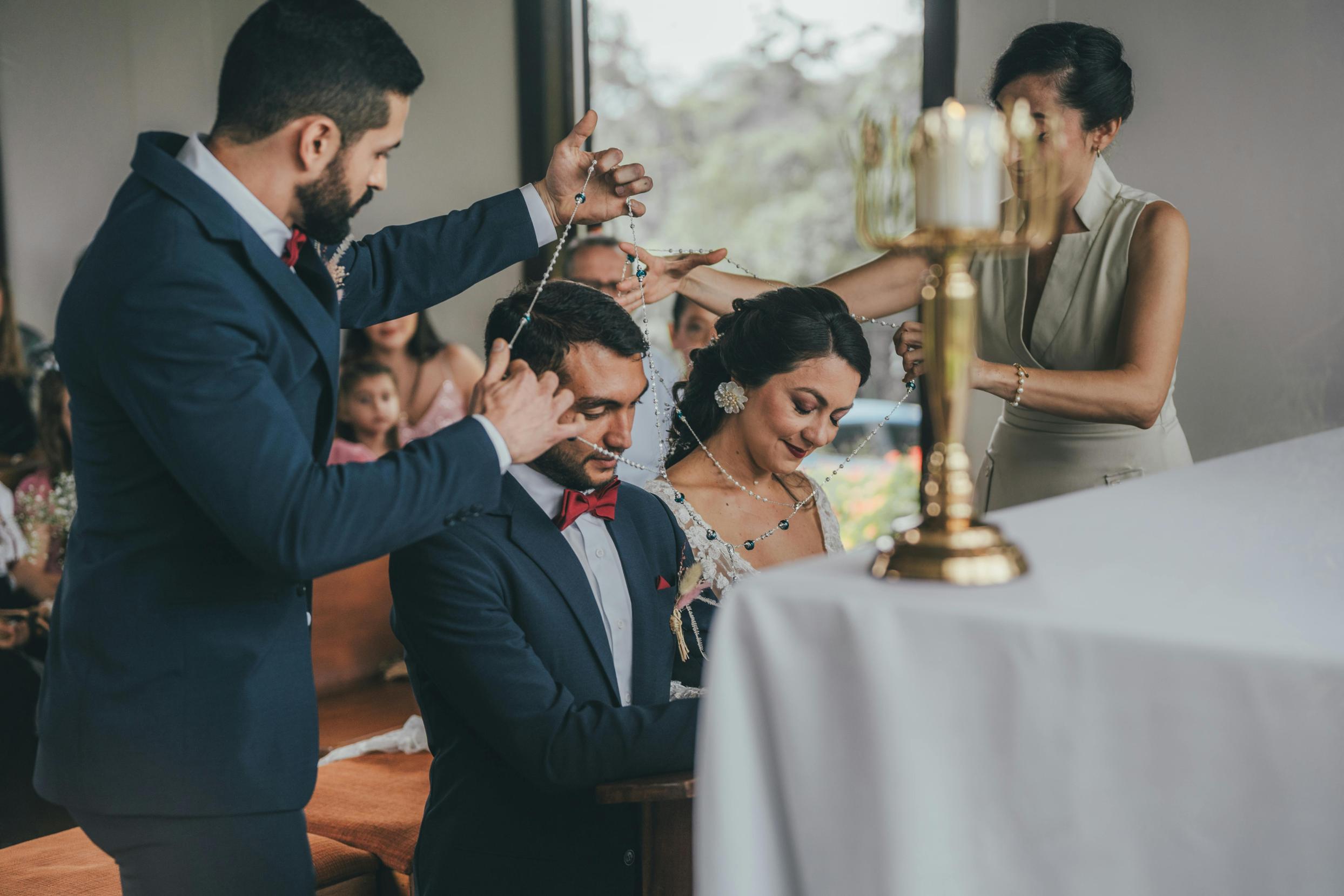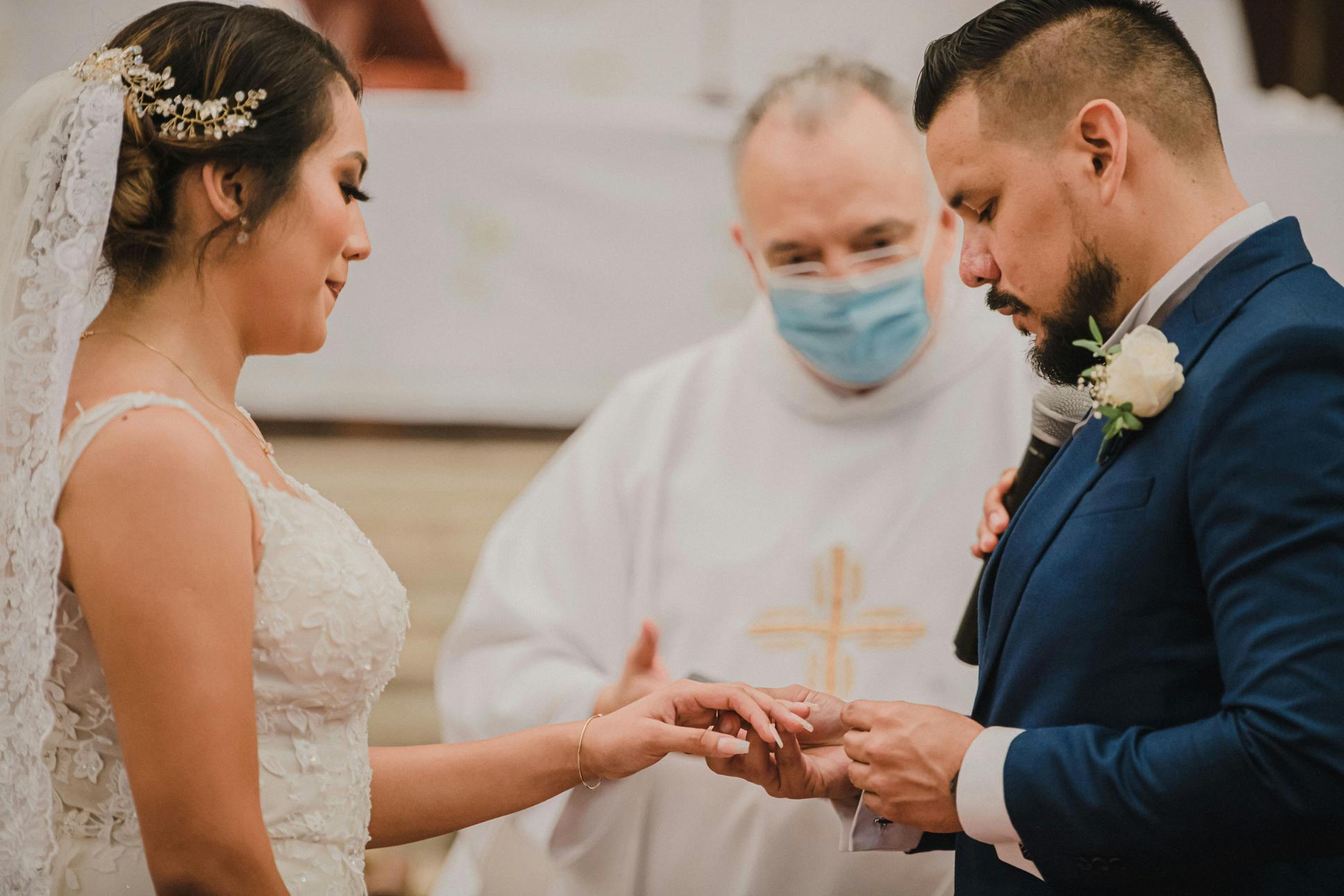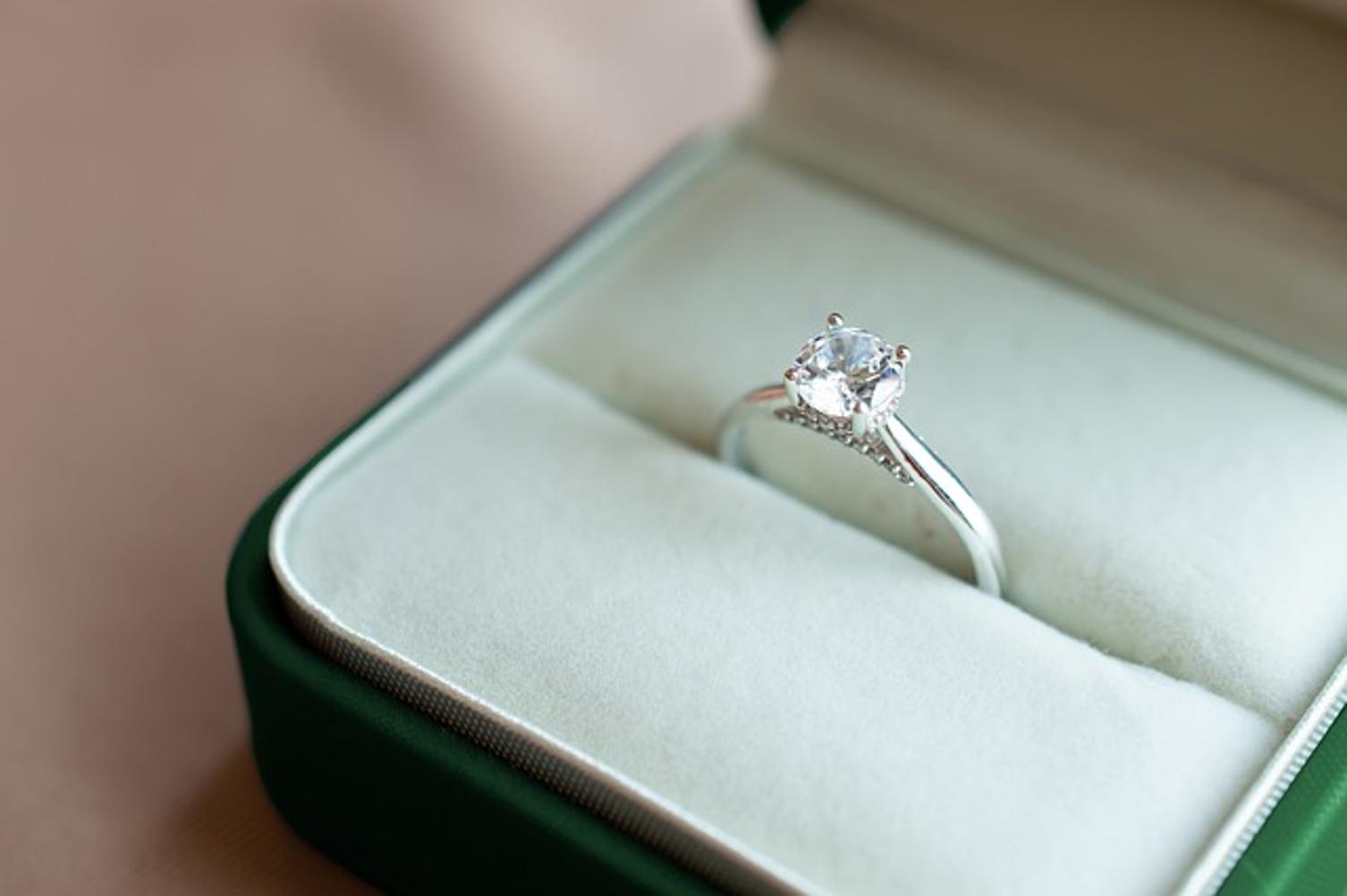The Fascinating History: When Did Wedding Rings Start in America?
Introduction
Wedding rings hold a profound symbolic value in American culture, signifying the eternal bond between partners. But when did this tradition actually start in America? Unlike many European countries with longstanding ring traditions, the custom of exchanging wedding rings in the United States has a relatively recent, yet rich history. Unraveling the journey of the wedding ring gives us a window into American cultural evolution, societal norms, and the significant events that shaped these traditions.

The Early Beginnings in Colonial America
In the early days of Colonial America, wedding rings were not as common or essential as they are today. During the 17th and 18th centuries, settlers brought various customs from Europe. However, many were guided by practicalities and religious beliefs, focusing on simpler ceremonies. Rings were still exchanged, but they were often minimalistic, crafted from simple metals due to limited resources.
The Puritans, for instance, were known for their austere lifestyle, often favoring a thimble over a ring for practicality. Thankfully, the symbolic value of the ring began to take root over time, influenced by traditions from the British Isles and other European practices.
As the colonies grew and prospered, there was an increased emphasis on maintaining cultural heritage. The wedding ring, being a relatively small yet meaningful token, began to gain prominence as a cherished symbol of marital unity, slowly paving the way for its more widespread use in the following centuries.
19th Century: Victorian Influence and Industrial Advancements
The 19th century marked significant changes in the tradition of wedding rings in America. Queen Victoria of England’s influence extended across the Atlantic, bringing with it romantic ideals and ornate fashion trends, including the use of more elaborate wedding rings. These rings often featured intricate designs, precious stones, and were crafted from gold.
Additionally, the Industrial Revolution facilitated these changes by making jewelry more accessible and affordable. Advances in manufacturing techniques allowed for mass production of rings, lowering costs and expanding availability.
During this era, the symbolic gestures surrounding wedding rings began to evolve as well. Rings increasingly showcased personal touches, such as initials, dates, and meaningful engravings. This personalization turned the wedding ring from a mere accessory into a cherished keepsake, imbued with sentimental value that represented eternal love and commitment.
This exciting period of transformation set the stage for the 20th century, where even more significant developments would shape the modern concept of wedding rings in America.

20th Century: The Role of Advertising and World Events
The 20th century brought unprecedented changes to wedding ring traditions in America, greatly influenced by both advertising and world events. One of the most pivotal moments came in the 1930s when De Beers launched their ‘A Diamond is Forever’ campaign. This advertising slogan not only popularized diamond engagement rings but also cemented the importance of wedding rings in American culture.
The two World Wars also played critical roles in solidifying the tradition. During World War II, soldiers exchanged rings with their loved ones before heading off to battle. These rings served as symbols of hope and a promise of return, embedding a profound emotional significance in the tradition.
Post-war prosperity in the 1950s further bolstered the trend. As the economy boomed, there was a surge in consumerism. Wedding rings, particularly those adorned with diamonds, became must-have items that represented not only love but also status and stability. The media perpetuated these ideals through films, magazines, and television, making the diamond ring an icon of matrimonial commitment.
By the end of the century, wedding rings had firmly established their place in American culture, with traditions continually evolving to reflect societal changes.

Modern Trends and Evolving Preferences
Modern times have seen a significant shift in the styles and significance of wedding rings in America. While traditional diamond bands remain popular, there is a growing trend towards personalization and uniqueness in ring designs. Couples now prioritize rings that reflect their individual personalities and their shared story.
Moreover, changing societal norms have brought diversity to wedding ring traditions. Non-traditional materials such as titanium, wood, and silicone are being embraced. Ethical considerations also play a crucial role, with many opting for conflict-free diamonds or lab-grown gemstones.
Technological advancements have enhanced customization options. Modern couples are more involved in the design process, often opting for bespoke rings created through computer-aided design (CAD). This custom approach ensures that their rings are unique, holding special significance beyond traditional designs.
The evolving trends signify that while the core symbolism of love and commitment remains constant, the means of expressing it through wedding rings are more diverse and personalized than ever before.
Cultural Significance and Symbolism Today
Today, wedding rings in America symbolize more than just marriage. They embody love, commitment, and often, a shared journey. The unbroken circle of the ring represents eternity, which aligns with the promise of everlasting love between partners.
Cultural diversity in America has also enriched the tradition, blending various customs and practices into a unique tapestry. For instance, some couples opt for rings that reflect their cultural heritage, incorporating traditional motifs or materials significant to their ancestry.
Furthermore, the symbolism of wedding rings has been expanded to include promises of equality and partnership. Modern relationships emphasize mutual respect and shared responsibilities, which rings now often symbolize alongside love and fidelity.
This enduring symbolism ensures that, despite changing trends and preferences, wedding rings will continue to hold a special place in American matrimonial traditions, serving as a timeless testament to love and unity.
Conclusion
The tradition of exchanging wedding rings in America evolved through centuries, shaped by cultural influences, technological advancements, and significant world events. From the simplicity of Colonial times to the elaborate designs of the Victorian era, and from the diamond boom of the 20th century to today’s personalized creations, wedding rings continue to be an enduring symbol of love and commitment. As trends evolve and new meanings are attributed, these bands remain an integral part of the matrimonial celebration, reflecting both individual stories and collective heritage.
Frequently Asked Questions
When did Americans start exchanging wedding rings?
Americans began exchanging wedding rings in the late 17th century, but the practice became more widespread and symbolically significant throughout the 19th and 20th centuries.
How did World War II affect wedding ring traditions in America?
World War II popularized wedding rings as soldiers exchanged them with their loved ones before going to war, embedding a deep emotional significance in the tradition.
What are some current trends in American wedding rings?
Current trends include personalized designs, use of non-traditional materials, conflict-free diamonds, and lab-grown gemstones. Customization through technological advances has also gained popularity.
